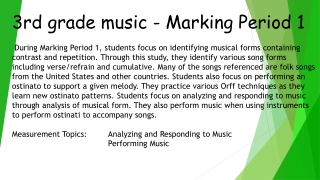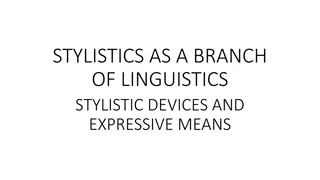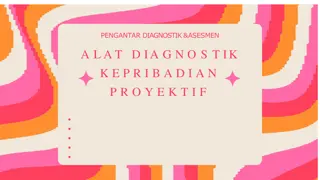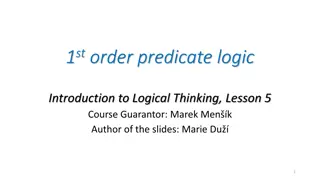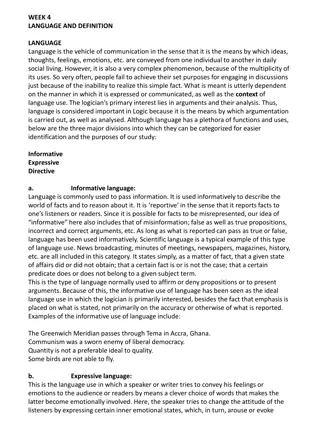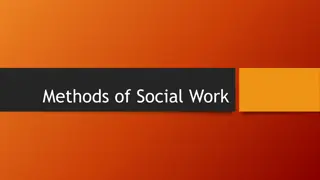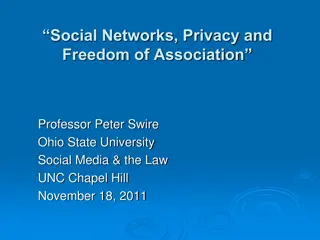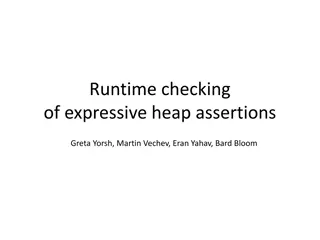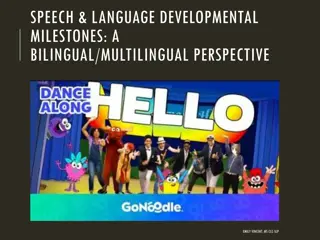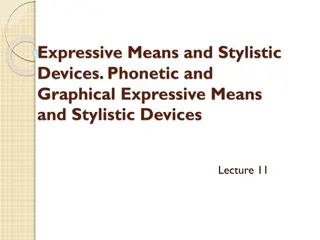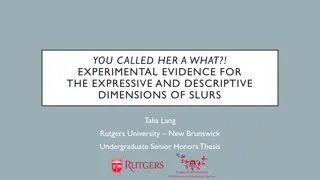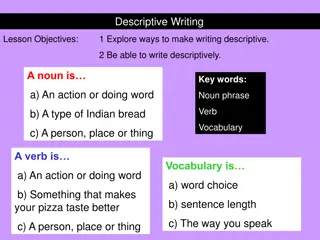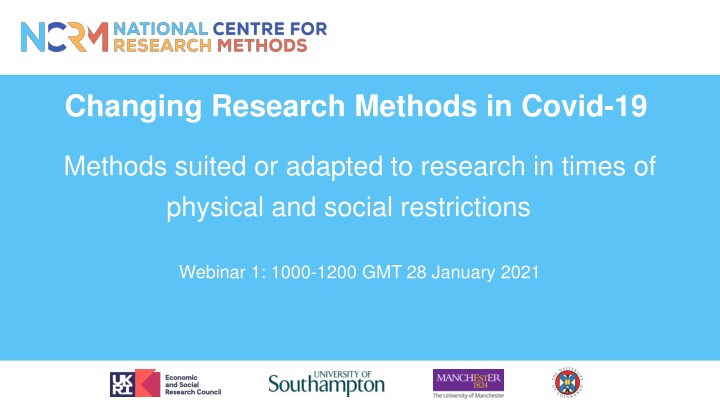
Innovative Research Methods in Times of Covid-19 Restrictions
Discover the potential of expressive methods in research during Covid-19. Explore how these methods can capture human experiences effectively, with examples from around the world. Join the webinar on 28th January 2021 to delve into this evolving research trend.
Download Presentation

Please find below an Image/Link to download the presentation.
The content on the website is provided AS IS for your information and personal use only. It may not be sold, licensed, or shared on other websites without obtaining consent from the author. If you encounter any issues during the download, it is possible that the publisher has removed the file from their server.
You are allowed to download the files provided on this website for personal or commercial use, subject to the condition that they are used lawfully. All files are the property of their respective owners.
The content on the website is provided AS IS for your information and personal use only. It may not be sold, licensed, or shared on other websites without obtaining consent from the author.
E N D
Presentation Transcript
Changing Research Methods in Covid-19 Methods suited or adapted to research in times of physical and social restrictions Webinar 1: 1000-1200 GMT 28 January 2021
Expressive methods Melanie Nind, Professor of Education, University of Southampton @m_nind / M.A.Nind@soton.ac.uksoton.ac.uk
Headline Expressive methods have flourished Importance of considering methods that suit the current context, not just those that need to be adapted So: Why expressive methods? What are expressive methods? What is the evidence? What is the potential?
WHY? Who here started a diary in lockdown? Who sought to capture, communicate, deal with - the unknown, the fear, the reality, the horror?
WHAT? (with arts-based & creative approaches) part of a methodological trend in qualitative research toward expressive techniques to expand how research can present human social phenomena omagnifying rather than cooling down the intensity of the affective experience opresenting vividly and evocatively osuited to addressing vulnerability, generating sensitive data and fostering empathy
Evidence: Expressive methods in the pandemic (examples) 150 people from 26 countries responding to 21 days of daily prompts (Massive & Microscopic Sensemaking during times of COVID-19) Rural farmers in Zimbawbwe, Indonesia & Mozambique sharing experiences Migrant children from 3 African countries - using a combination of digital/audio and traditional, written diaries to explore the children s everyday lives under Covid-19
And Young people in 4 countries using video diaries, voice notes, embroidery, journaling Young people in Jordan, Lebanon & the Gaza Strip engaging in digital storytelling and diary writing - reflective discussions around photographs taken by participants A UK community using photographs, blogs, diaries, poems, a lockdown recipe book, a lockdown survival kit and podcasts Crafting, story completion method, Mass Observation Archive growth the list goes on
Potential: (and returning to why) These studies have in common participants desire for (collaborative) sense-making re life in the pandemic the building and maintenance of relationships taking care of participants well- being, an ethic of care overwhelming quantities of data!
Survey methods Andy Coverdale, University of Southampton @andycoverdale A.Coverdale@soton.ac.uk
Evidence map USA (8), Germany (4), Canada (3), Denmark (3), New Zealand (3), UK (3), Brazil (2), India (2), Singapore (2), Australia, Austria, China, Croatia, Iran, Kashmir, Nigeria, Pakistan, Saudi Arabia, Slovenia, Switzerland social science disciplines plus public health, sexual health, medical studies, medical education, data science and library and information science; empirical papers, methodological papers/protocols, commentary papers, theoretical/conceptual papers, critical reviews, reflective essays, and substantive editorials; surveys (16) and rapid survey, autoethnographic (8) and ethnographic methods (2), interviews(7) and groups interviews, focus groups(4), datathon, Photovoice, self-report, podcasting, narrative, digital, and rapid appraisal;
Evidence review includes Adaptation of surveys, including recruitment methods and mode changes from in person interview mode to postal mode, computer-assisted telephone interview mode, online mode and mixed mods Employment of rapid surveys Adaptation of qualitative individual or group interviews, including shift from in person interviews to telephone or online interviews Employment of ethnographic, diary and expressive methods Adaptation to cultural probe methods Utilising the support of communities and community leaders in participatory research.
Evidence of efficacy (n.b. early days & skewing effects) Some of the adaptations/methods are reported to be successful, notably: Using targeted Facebook advertising to achieve balanced survey samples Offering postal as well as online modes for including elderly people in surveys Providing a telephone option in surveys to achieve good response rates, especially with 3-4 repeat attempts The move from in person to online or telephone individual interviews The use of autoethnographic, diary and expressive methods Getting support from community leaders/communities in participatory research.
www.ncrm.ac.uk https://www.ncrm.ac.uk/research/socscicovid19/

